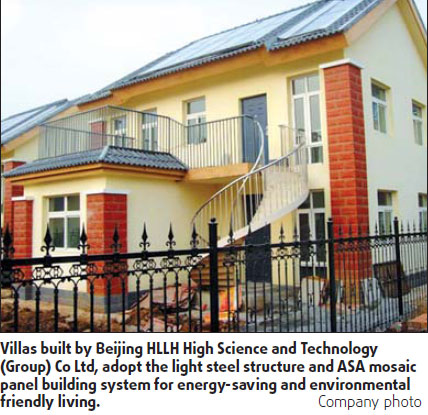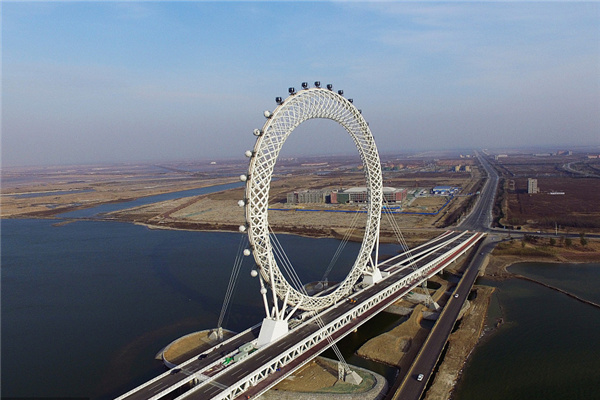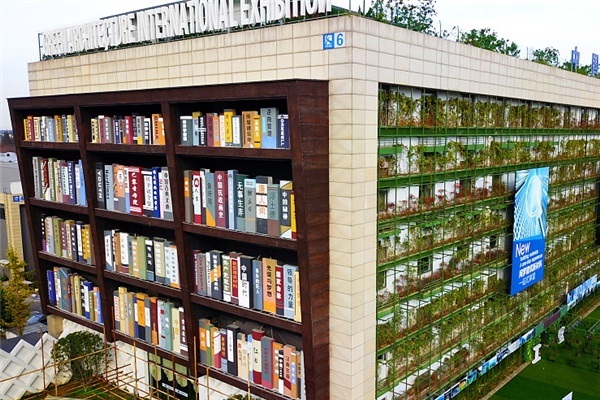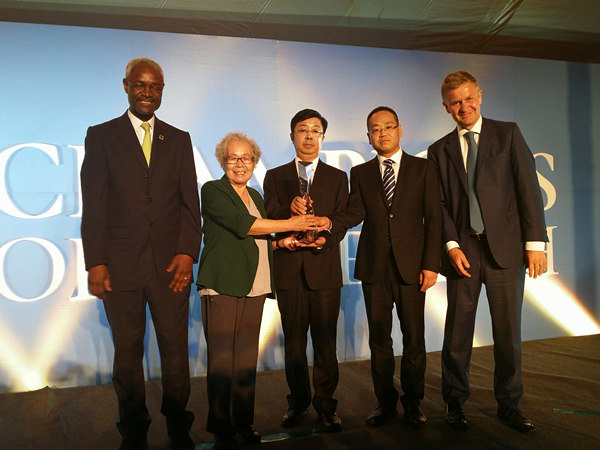


China aims to reduce energy consumption by 20 percent per unit of GDP during the 11th Five-Year Plan period and one focus of its "green campaign" is the construction industry, one of the largest energy consumers and polluters.
Qiu Baoxing, vice-minister of the Ministry of Housing and Urban-Rural Development, said construction and operation of traditional buildings consume 50 percent of China's energy and produce 34 percent of its total pollution.
But, he said green architecture could reduce energy consumption by 70 to 75 percent.
On average, roughly 2 billion sq m of new buildings are built every year in China, but only 53 percent of projects fulfill their energy-saving pledges.
The sidestepping of energy conservation requirements by property developers poses a threat to meeting the overall green goal, in which the construction sector is expected to contribute to 30 percent of total energy savings.
"The findings are alarming. More comprehensive measures are needed to achieve the national goal," said Song Chunhua, president of the China Real Estate Association.
Song said the implementation of energy-saving standards increase property costs by 5-10 percent; and not the average of 17 percent widely quoted by developers.
If the standards are fully implemented, energy consumption will be reduced by an average of 40 percent. It will also ease energy shortages and contribute to combating climate change.
The China Green Building Council (CGBC) was officially launched on April 1, 2008, to promote the development of energy-saving buildings and standardize the nation's green building industry.
Under the work of the council, the Building Energy-Efficient Marking System will be further established to develop criteria for distinguishing different levels of energy-saving buildings.
Although the global economy is slowing down, China's domestic construction industry is still facing a prosperous future. In the coming five years, China would need 8,000 experts specializing in green building technologies.
Qiu said that one-third of the country's current 40 billion sq m architecture needs to be reconstructed for the purpose of energy conservation and it would foster a market worth 2.6 trillion yuan.
The major methods of reconstructing existing buildings in China includes adoption of ground heat pump systems, improving heat conservation on external walls and installing solar heating.
(China Daily 02/09/2009 page12)













